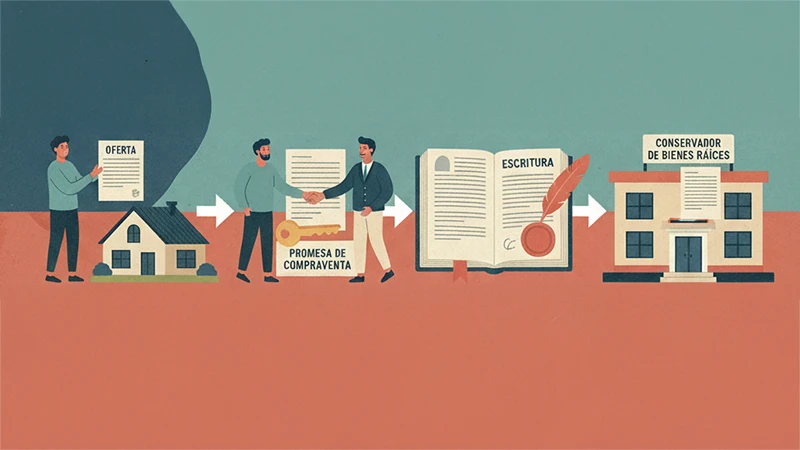The New Chilean Rental Law: “Give me back my house”.
In Chile, the new Leasing Law, known as “Give me back my house” (Law No. 21,461), has been enacted to address persistent problems related to leases and evictions of delinquent tenants. This legislation introduces significant changes designed to streamline eviction processes and protect landlords from prolonged financial losses due to tenants who fail to meet their payment obligations.
Main Features of the Law
One of the highlights of the new law is the expedited eviction process. The legislation focuses on speeding up evictions of tenants who do not pay their rent or utility bills. Under the new regulations, landlords can initiate eviction proceedings if the tenant is in default or has caused damage to the property. Courts are obliged to act promptly in these cases, with the objective of issuing rulings in a more efficient timeframe compared to previous standards.
In addition, the law allows landlords to request restitution of their property when the lease is terminated, or if the property has been partially destroyed or rendered unusable due to the tenant’s negligence. This includes the possibility of early return of the property and, if necessary, the use of public force to enforce the eviction order.
The eviction process involves filing a civil complaint, which must include details such as the names and addresses of the landlord and tenant, evidence of delinquent payments, and a formal request for payment addressed to the tenant. If the tenant fails to respond or pay within a specified period of time, the court may issue an eviction order.
The law also details the tenants’ rights to contest the eviction. Tenants may file a written opposition to the eviction lawsuit, providing evidence and legal arguments. However, if the court finds these arguments insufficient, it may summarily reject them and proceed with the eviction.
Including a copy of the current title (certificate of title) in leases can facilitate the eviction process in the event of tenant default. This document certifies the ownership of the property, which can simplify legal proceedings by clearly demonstrating who the rightful owner is.
Advantages of Attaching the Current Domain to the Lease Contract:
Legal Clarity: Attaching the current domain provides strong proof of ownership, reducing legal disputes over property ownership.
Eviction Facilitation: In the event of a tenant’s breach of the terms of the lease, the landlord can use the current domain as evidence in court proceedings to expedite eviction.
Transparency: Increases the transparency of the lease agreement by clearly stating the landlord’s rights and the tenant’s obligations.
Trust: Provides greater confidence to both the lessor and the lessee, as both are clear about the legal status of the property.
Procedure:
Obtaining the Certificate of Ownership: The owner must obtain a current certificate of ownership, which is an official document issued by the Conservador de Bienes Raíces, showing the ownership of the property and any existing liens or encumbrances.
Incorporation into the Lease: A copy of the certificate must be attached to the lease at the time the agreement is signed.
Regular Update: It is advisable to keep this document updated and renew it periodically to ensure its legal validity and currency.
Implementation and Criticism
Although the “Give Me Back My House” law has been praised for its potential to improve the speed and efficiency of eviction proceedings, some critics argue that its implementation has faced challenges. Among the problems identified are the initial difficulties in judicial enforcement and the high costs associated with legal proceedings. Despite these criticisms, many believe that the law is a significant step forward in protecting the rights of landlords and ensuring that lease agreements are enforced.
Practical Steps for Homeowners
For landlords facing non-compliant tenants, it is crucial to follow certain steps:
Documentation: Ensure that all lease agreements are properly documented, preferably with electronically verified signatures.
Request for Payment: Issue a formal demand for payment, detailing the amounts owed and setting a clear deadline for compliance.
Legal Action: If the tenant defaults, file a civil suit for eviction and restitution of the property, providing all necessary documentation to support your case.
Legal Assistance: Given the complexity of the new law, it is recommended that you consult with a legal professional specializing in property and leasehold law to effectively navigate the process.


